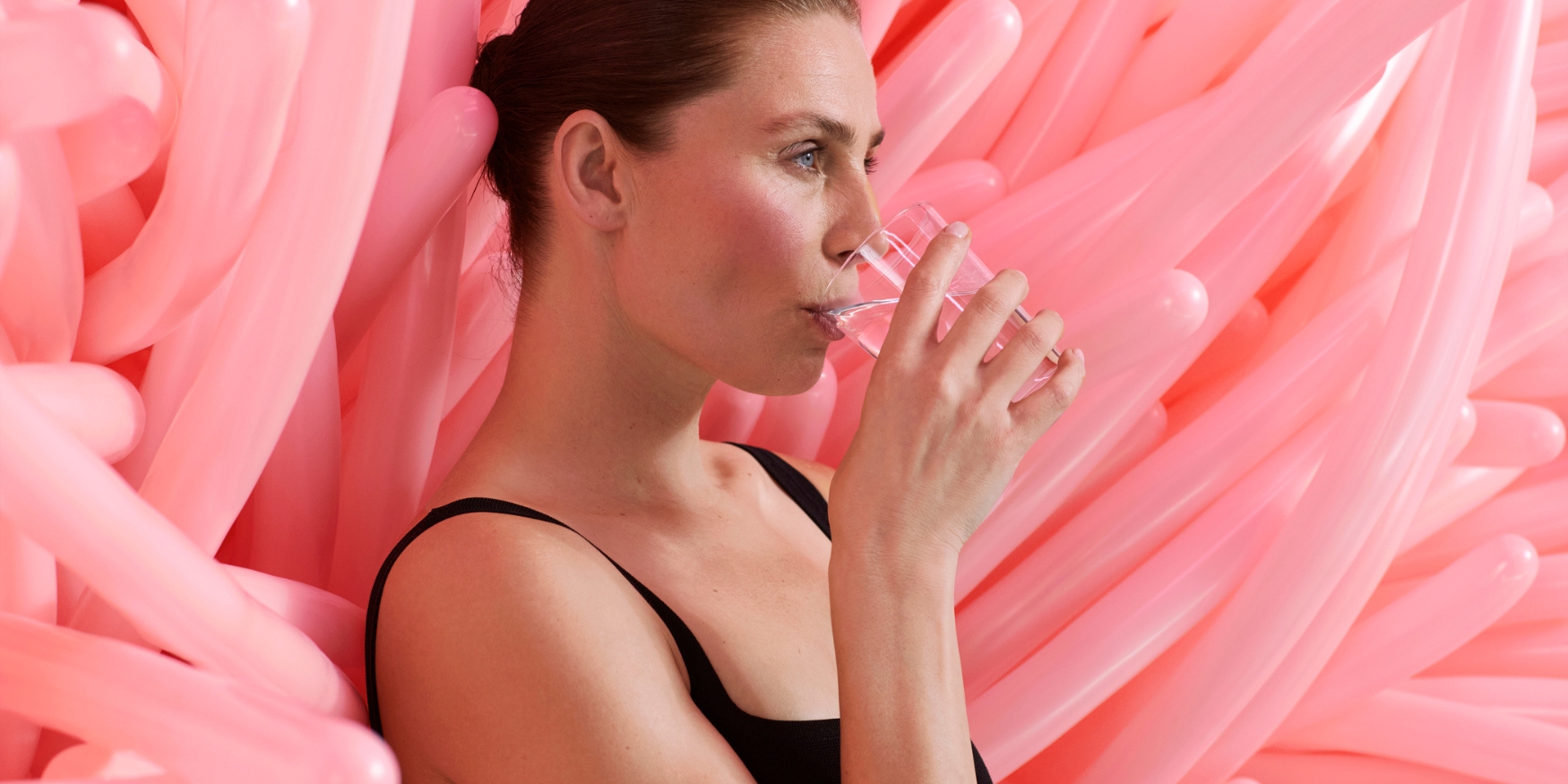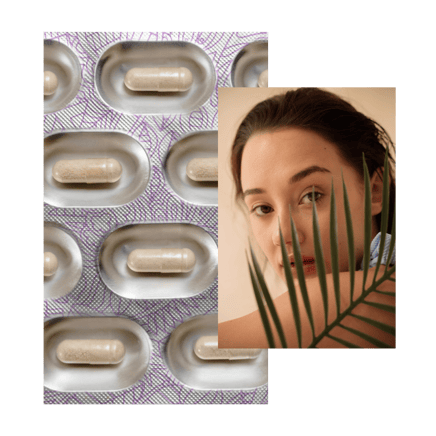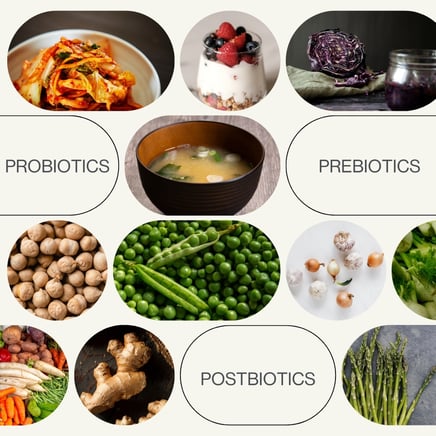

Margifox Distributors Blog

Ingredient spotlight: prebiotics, probiotics and postbiotics
The human microbiome and the gut-skin connection have gained significant attention, leading to the emergence of a new language in the world of skin-friendly bacteria. It can be confusing to understand the three categories of "positive" biotics, namely probiotics, prebiotics, and postbiotics. It is crucial to comprehend these terms, particularly if you are looking for ways to open the conversation and support your client's gut health. But what do they mean, what are the differences between them, and where can we find them? The team of skin researchers at Advanced Nutrition Programme defines each term, highlights the benefits, and recommends the best sources for promoting gut health and skin radiance. Read on to learn more.
comprehend these terms, particularly if you are looking for ways to open the conversation and support your client's gut health. But what do they mean, what are the differences between them, and where can we find them? The team of skin researchers at Advanced Nutrition Programme defines each term, highlights the benefits, and recommends the best sources for promoting gut health and skin radiance. Read on to learn more.
Probiotics - “the workers”
Probiotics are live beneficial bacteria that provide various benefits to the body, especially the gut. Scientists have recently highlighted their importance in promoting good health. Various probiotics have been found to address different health and skin concerns, so choosing the right types is key. The most significant advantage of probiotics is that they can alleviate digestive issues such as bloating, constipation, and diarrhea.² Increasing research also shows that probiotics can help skin concerns, including eczema, dry, ageing skin, and damage from UV rays. Specific probiotics have been shown to increase the skin's production of ceramides that assist the bacteria that keep acne at bay ³. Fermented foods are a great source of probiotics, and they provide a tasty addition to many recipes.
Probiotic foods:
- Kimchi
- Sauerkraut
- Tempeh
- Miso
- Yoghurt with live cultures

Prebiotics - “the fuel”
Prebiotics are nutrients that are digested by the gut microbiome. They are considered food or fuel for the probiotics and consist of non-digestible fibre that promotes the growth of a healthy gut environment. Although we, as humans, cannot digest the fibre, our gut microbiome can. These types of fibre provide beneficial nutrients to the gut microbiome to help support digestion and immune function. Furthermore, recent research has shown that prebiotics can aid in managing specific skin concerns such as rosacea and acne, which are characterised by an impaired skin barrier.¹ The good news is that food sources of prebiotics can be easily added to your weekly diet. The team of researchers at Advanced Nutrition Programme recommends adding the following high-fibre foods and spices.
Prebiotics foods
- Legumes
- Beans
- Peas
- Asparagus
- Bananas
- Berries
- Garlic
- Onions
- Ginger
- Fennel
Postbiotics – “the products”
Postbiotics are bioactive compounds produced by probiotics. These beneficial bacteria break down vegetable fibre and generate essential nutrients such as vitamin K and B vitamins. Research shows postbiotics can support immunity and digestion, reduce inflammation, and promote healthy skin⁴. To explain it simply, probiotics can be compared to bees that work in a hive. Just as bees use pollen, which is a prebiotic, to make honey, probiotics use prebiotics to create postbiotics. In this analogy, honey is comparable to postbiotics.
So, what have we learnt? Evidence shows that prebiotics, probiotics and postbiotics all come with an array of benefits, from digestion and immunity to supporting common skin concerns, including rosacea, acne, ageing and dry skin. To experience some of these benefits, consuming fibre-rich foods, such as legumes, beans, peas, asparagus, berries, garlic, and onions, is recommended. Additionally, fermented foods like kimchi, sauerkraut, tempeh, and miso can promote gut health and improve skin radiance.
Want to support your client's skin-gut connection with a 100% skincare approach? Help your clients achieve healthy, happy skin from within, contact us HERE to learn more.
Sources:
¹ Prebiotics: Definition, types, sources, mechanisms and clinical applications. National Library of Medicine. .D, Davari, M,Negahdaripour, I Karimzadeh, M Seifan, M Mohkam, S Masoumi, A Berenjian, YGhasemi. March 2019.
² Probiotics for the Prevention of Antibiotic-Associated Diarrhea in Outpatients—A Systematic Review and Meta analysis. National Library of Medicine. C Butler. October 2017.
³ Functional role of probitoics and prebiotics on skin health and disease. Multidisciplinary Digital Publishing Institute. V Lolou, M Panayiotidis. May 2019.
⁴ Postbiotics – A step beyond pre-and probiotics. National Library of Medicine. J Zolkiewicz, A Marzec, M Ruszcynski, W Feleszko, July 2020.


